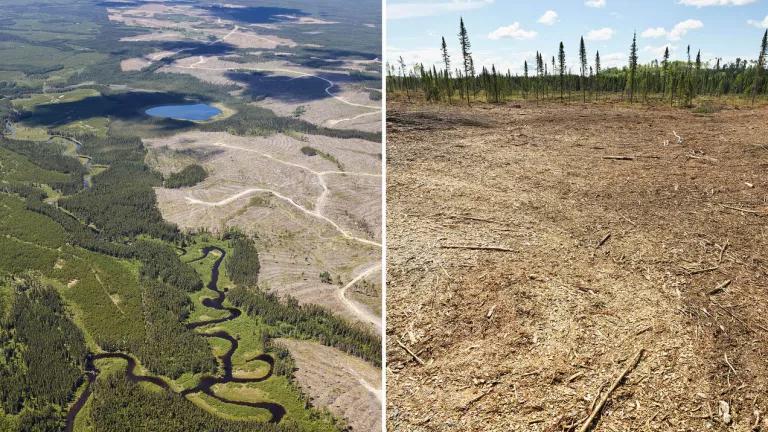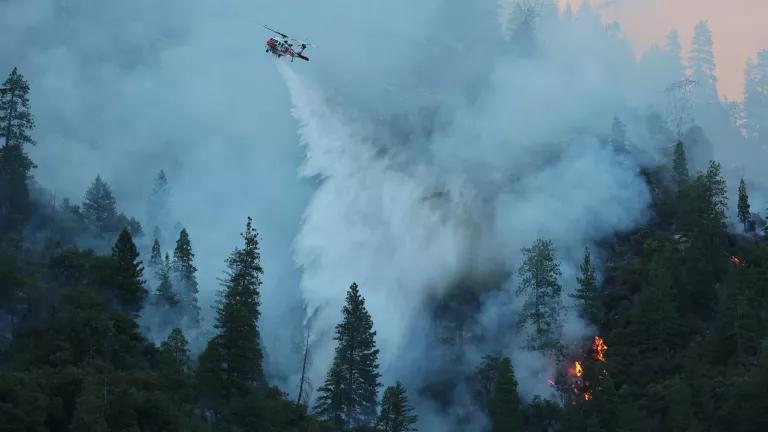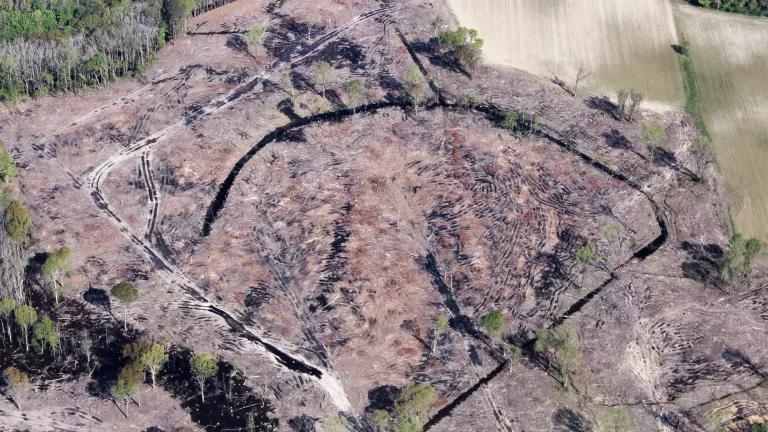
The following is a guest blog by NRDC Senior Attorney Rebeca Riley
I'm writing from Bonn, Germany with good news: the UNESCO World Heritage Committee will start looking into the plight of the monarch butterflies that spend every winter in Mexico's Monarch Butterfly Biosphere Reserve. For the first time, the Committee asked the United States and Canada to inform on their actions on monarch conservation. NRDC's incredible community is a big reason why the decline of the monarch population is receiving this critical international attention. I'm proud to say that I delivered more than 50,000 petition messages from NRDC supporters asking the UNESCO's World Heritage Committee to take action to protect monarch butterflies.
Earlier this year, NRDC and other partner groups submitted a petition to the World Heritage Committee showing how the 90 percent decline in the monarch population in the reserve in central Mexico over the past 20 years was due largely to the skyrocketing use of the herbicide glyphosate in the United States and Canada. Glyphosate wipes out milkweed, the only plant on which monarch butterflies lay their eggs. The petition detailed how the plummeting butterfly numbers meant the Monarch Butterfly Biosphere Reserve in Mexico should be included on the "World Heritage in Danger List."
Before any final determination on an "in danger" listing can be made, a series of meetings and documents will need to be produced and provided to UNESCO. For the first time since the Reserve was designated a World Heritage Site, UNESCO requested that the United States and Canada join Mexico in producing a report on what's being done to protect the migration.
This is good news for the monarchs because, as we know, the United States is not doing nearly enough, and the government needs to hear this from more and more people and institutions around the world. The petition we submitted asked the World Heritage Committee to help spur recognition that more needs to be done to preserve the incredible natural wonder of millions of monarch butterflies descending on the forest reserve in Mexico. To save the iconic and mysterious monarch migration, the United States and Canada must act immediately to protect the monarchs' milkweed breeding habitat by limiting glyphosate use, and promoting programs to restore milkweed.

As parties to the World Heritage Convention, the United States and Canada have committed to help protect World Heritage sites and to avoid actions that might directly or indirectly damage sites located in other countries. The UNESCO World Heritage Committee cannot force a country to act, but it can marshal international attention to the Heritage sites and recommend "corrective measures" to ensure the conservation of a site.
The UNESCO process is quite long, but it is critically important to maintaining and securing more international support for protecting the migrating monarch population. We'll be back in touch with updates as the process moves along.





